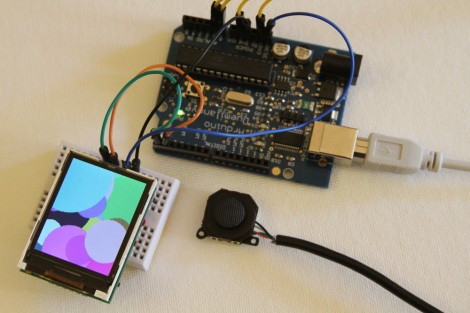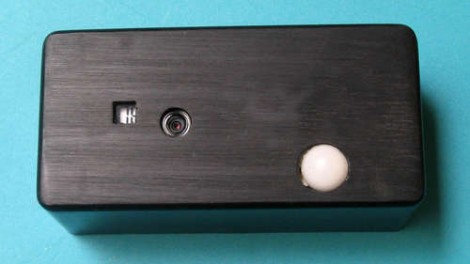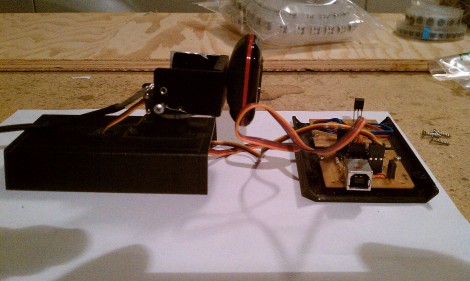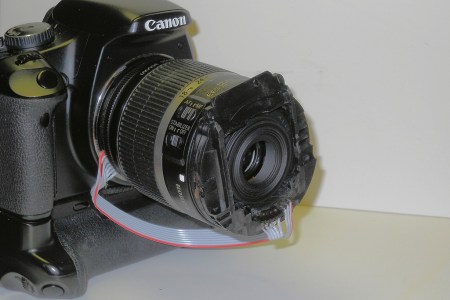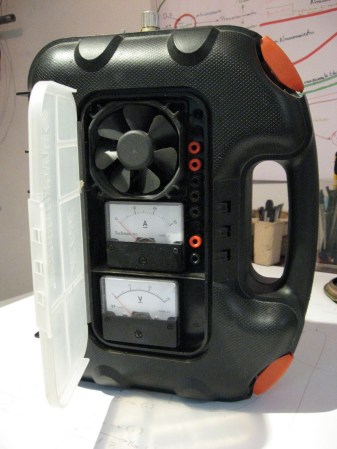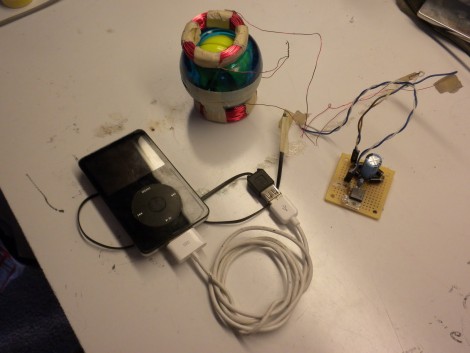
[Scott Nietfeld] built a charger from a Dyna-flex wrist exerciser. We hadn’t heard of a these gyroscopic devices before but once we saw the promo video (embedded after the break) we realized that this is the kind of thing that infomercials were made to sell. [Scott] knew the internals spun to fairly high RPM and figured that adding a few magnets on the inside and coils on the outside would turn this thing into a generator. Four rare-earth magnets fit the bill, with two external coils feeding a rectifier and linear regulator. Below you can see his demonstration video where he takes the orb apart, then spins it up, generating 250 mA at about 7.5 volts to drive the regulator and charge a cellphone. Not bad!
Continue reading “Ridiculous Exerciser Becomes Useful As A Charger”

